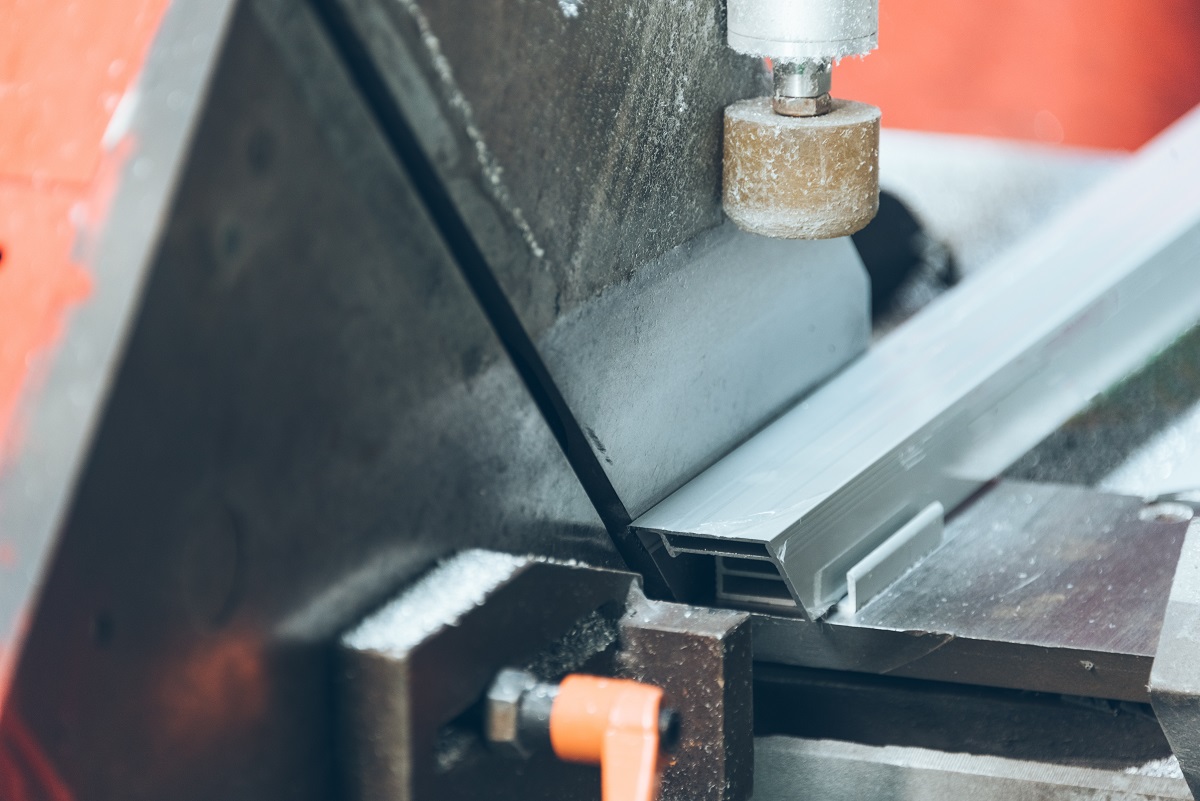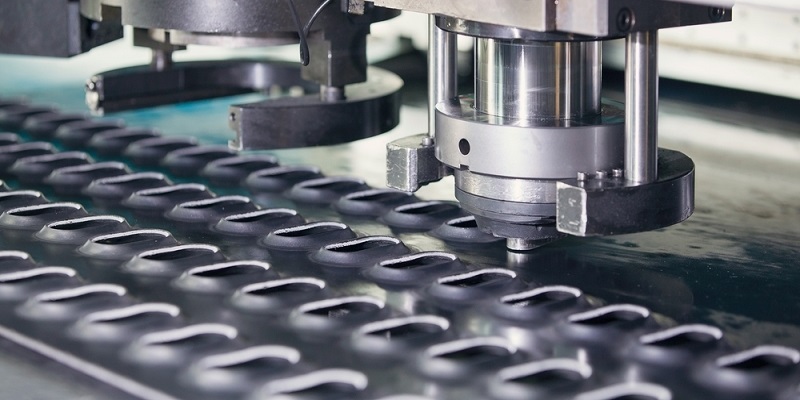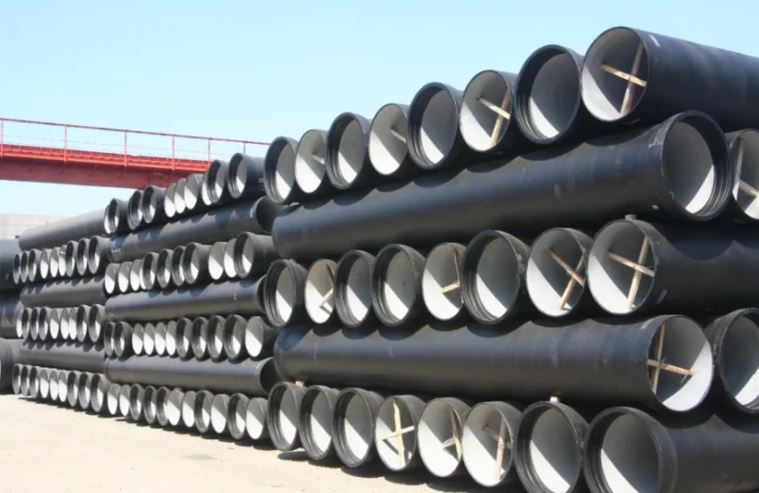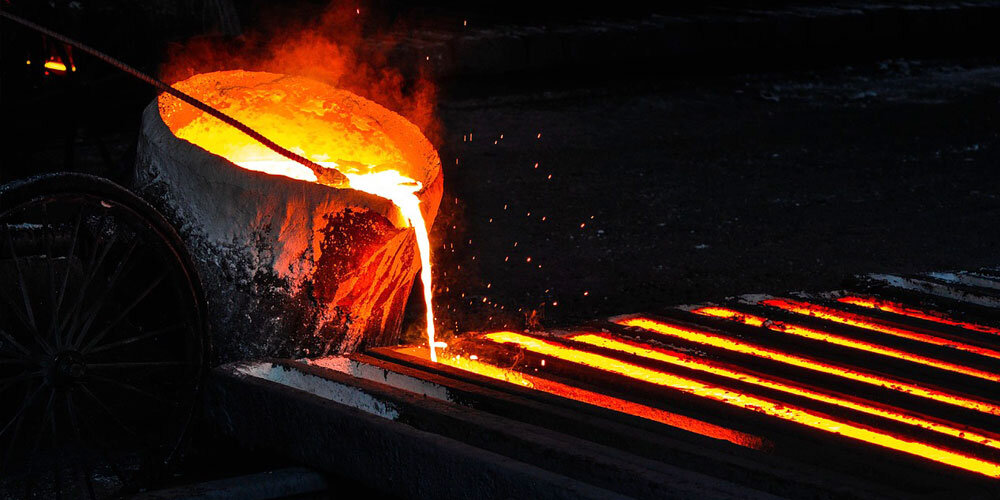The various characteristics of the metal products have to be kept in mind before manufacturing. The steel suppliers and manufacturers should consider multiple techniques to get the desired result. Metal extrusion is one of the manufacturing processes where the raw steel materials are converted into desired shapes and sizes. So, the raw materials can be in the form of billets or a bar which is subjected to a machine that has a hollow cavity, high-force hydraulic press, and predefined cross-sectional profile. Thus, the resulting output is called extrudates. These extrudates can be any shape ranging from bars, cylindrical, longitudinal, and even steel or aluminimum based products. Thus, metal extrusion is one of the ideal manufacturing processes which yields products ranging from basic to complex at required cross-sections. Metal extrusion and its advantages in various industries are plenty that are used in commercial, industrial, and retail sectors. If the steel has undergone a galvanization process, then extrusion adds a layer of strength that makes the steel even more resistant to corrosion. Hence, listed are the advantages of using extrudates.
Flexibility:
The foremost advantage of using steel products processed from extrusion is they offer higher flexibility. As we all know, steel is one of the versatile metals and can be transformed into any shape. Similarly, steel is the ideal example of flexibility and it can undergo maximum strain and stress. For example, in motorcycles, you can see the steel spring in the shock absorber undergoes compression and returns to its original shape within seconds. Just imagine for a normally galvanized steel, the flexibility is higher than extruded steel. The reason for the extruded steel product’s higher flexibility is due to the cross-section in respect to the design. That is the reason why many industries like agricultural, automobile and even HVAC industries use extrusion processed steels for their products. Even extruded MS chequered plate is best for industrial flooring and grating over the gutter.
Precision:
Another benefit of using extruded steel is they have higher precision because of its cross-sectional profile. Precision is the most important factor in every industry or project from protecting the smallest component to complex heavy machines. For example, you need to seal the non-seamless pipes with steel products that are of accurate dimension. So, the pipe fittings undergo the metal extrusion process which offers greater precision and prevents leaks and damage during major problems. The metal extruded SAIL TMT bar are used for construction purposes due to their flexibility and precision.
Reduces welding:
Thirdly, the metal extrusion process eliminates the high-intensive process like welding. Welding is tedious and requires a lot of manual work. Sometimes you may end up wasting the material to get the desired shape. Thus, by the dedicated cross-section extrusion process, many manufacturers and JSW steel dealers in Chennai are creative in the process of the products with interlocking patterns.
Hence, these are the processes in metal extrusion that benefits every steel manufacturer out there. Bharat steel – is the best MS steel suppliers in Chennai to help their clients to get the desired extrudes.









